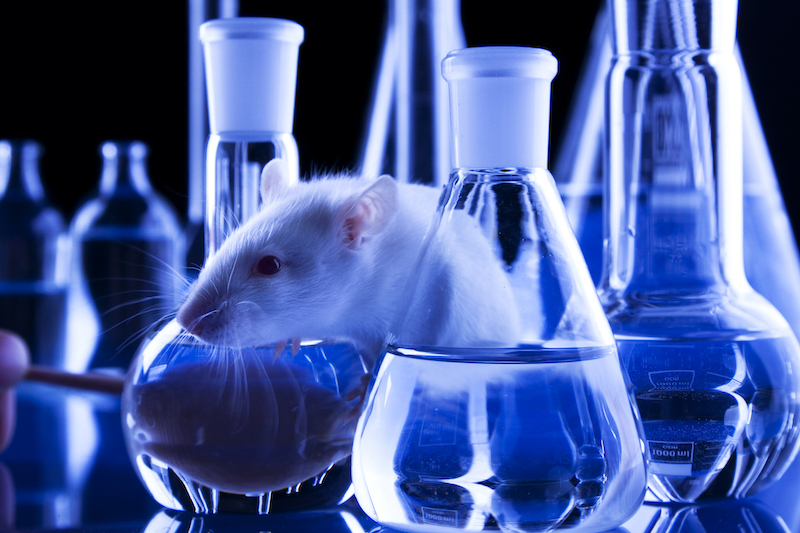Before tests are conducted on humans, a good amount of research and testing is done on animals. To ensure the ethical treatment of these lab animals, standards have been put in place to improve the conditions for and maintain the safety of these test subjects.
Alongside these measures, standards have also been set to ensure the reliability of the test results in animal research labs. This list of factors includes:
- Genetic similarity: Laboratory strains of the various animals are used in research, so that differing test results aren’t influenced by genetic differences in the animals.
- Environmental similarity: There are standards for how to house, feed and care for test subjects in animal research labs, so differences in care don’t influence results.
- Testing similarity: There are standards for how animal research tests should be constructed, once again to eliminate bias variance in testing methods can have on results.
When it comes to maintaining a stable environment for testing, ensuring temperature and humidity levels remain within proper ranges is a point of concern — especially in the case of rodents such as white mice and rats. But there remains a concern that is even larger: proper lighting in labs where these test subjects are present.
How Does Lighting Impact Animal Research Labs?
Rodents like white mice and rats are nocturnal, which means they are most active, and reproduce, in the dark. While all mammals and laboratory animals are sensitive to light to some degree, it’s worth noting that nocturnal rodents have been shown to have more than a 100-fold sensitivity to light as compared to humans.
Generally, animal research labs have lighting controls in place to ensure lab lights are on in the daytime and off at night. But what happens if the controls are off and the lights fail to turn off?
As research indicates, this unnecessary exposure to light can be extremely distracting to mice and rats in the lab and can significantly alter their behavior. Specifically, the light can disrupt the rodents’ circadian rhythms and prompt changes in the timing of their movements and food intake as well as have an impact on their anxiety-like behaviors.
Considering that these variables can invalidate test results, one of the major animal research institutions we’ve worked with considers proper lighting controls in animal research labs to be even more important than proper temperature and humidity control.
Maintaining Proper Lighting Schedules in Animal Research Labs
So, how do you ensure that the proper lighting schedule is being followed in each of the lab’s animal research rooms? The best approach is with a light sensor.
Simple and effective, light sensors will verify that lights are on when they should be and off when they should be. The most critical factor in all of this is to make sure lab staff are aware when the proper lighting schedule is not being followed so action can be taken.
This is where CORIS can help. Combining the power of a lighting sensor with our state-of-the-art remote monitoring system, we can provide 24/7 monitoring of lights inside an animal research lab and issue alerts to select personnel so they know in real time if lights are not working properly and subsequently that laboratory experiments may be at risk.
Additionally, CORIS light sensors can also be remotely calibrated to conform to different lighting systems and lighting intensities, along with various customization options to suit your needs. If one of the lights goes out, do you want select staff to receive an alert? Or should alerts only be sent out if all of the lights go out? CORIS gives you this flexibility.
Interested to learn more about our lighting sensor technology? Contact us today.





